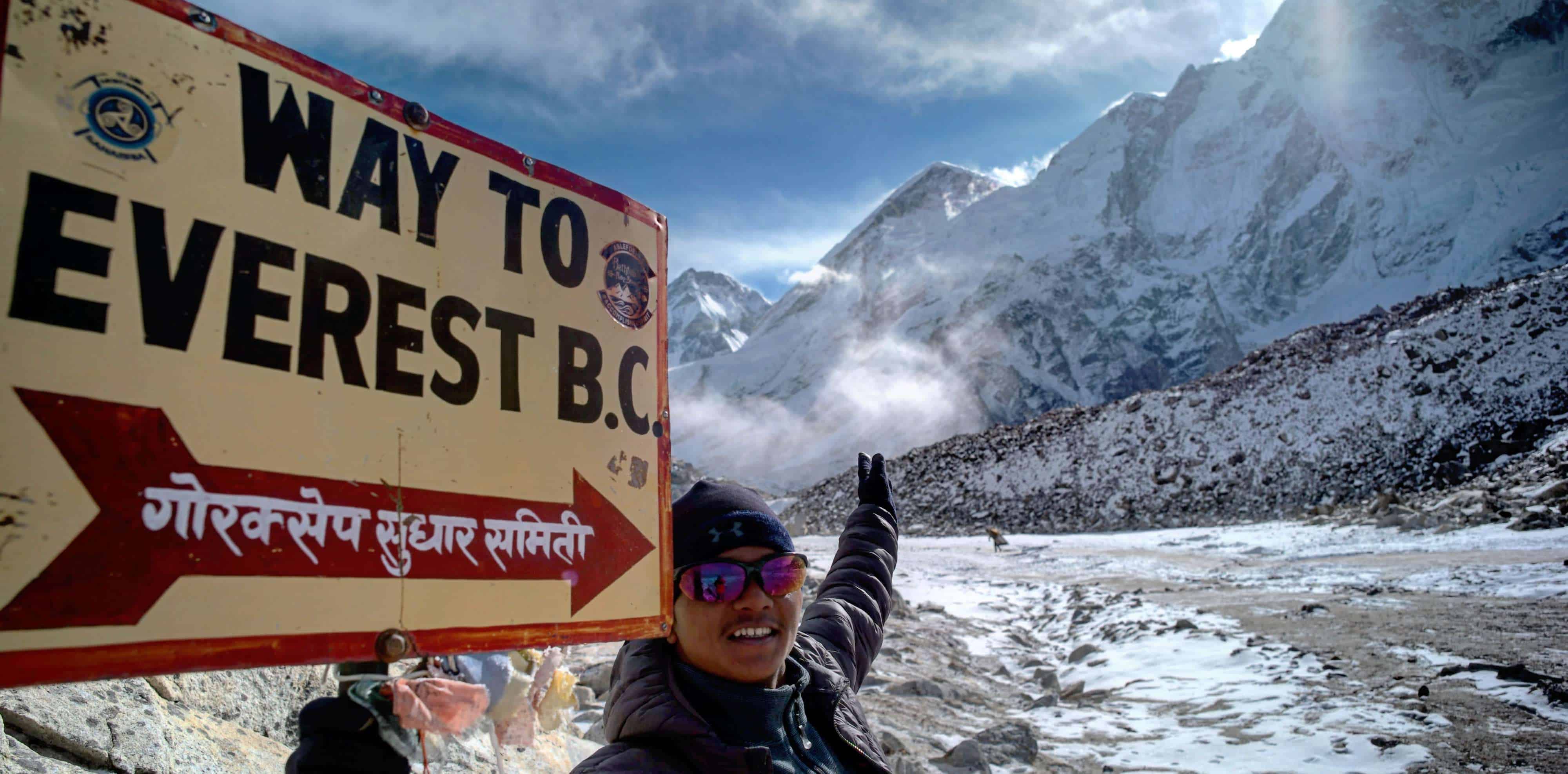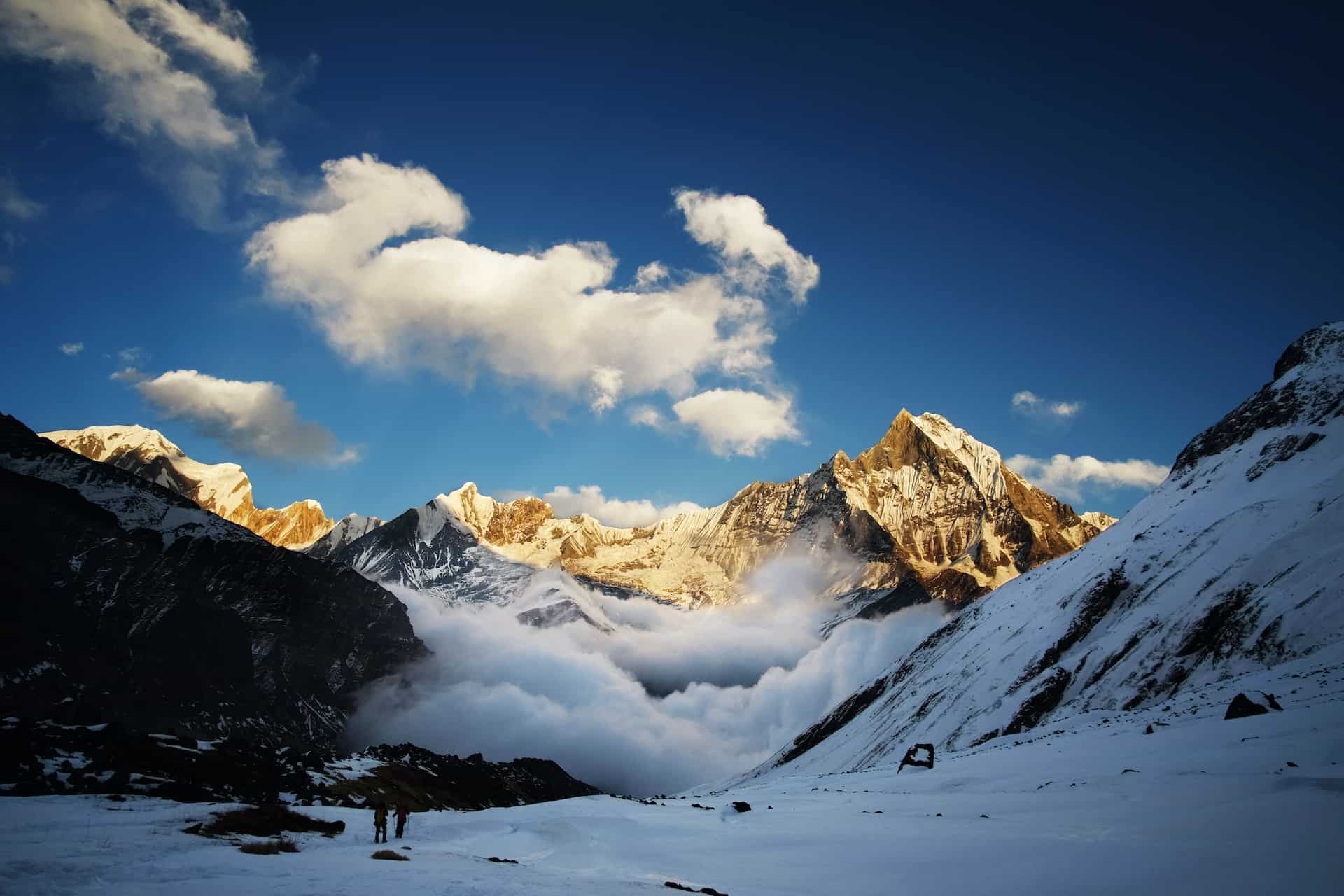19th Jul, 2022
Everest Base Camp Trek Packing List: 9 Tips For Success
If you're planning on going to Everest Base Camp, the trek can be physically demanding and mentally exhausting. The mountain air at this elevation (5,364 meters/17,598 feet) also adds some unexpected challenges that can make your trek more difficult if you're not prepared.
Table of Contents
Here are 9 tips for success if you are confused about the Everest Base Camp Packing Lists or what to pack for EBC trek. These tips will help you pack like a pro for the Everest Base Camp trek and have the right gear to get you through the tour.
Avoid Excess
The most important thing is to avoid excess. You’ll be carrying everything with you, so you can’t carry more than what you need—plus a little extra, in case of emergency. Start by reducing your essentials to their barest minimum. Next, pare down some more; now what do you need? Time and experience will give you an answer but don’t stop there; analyze each item on your Everest gear list for weight and necessity.
Pack Clothing Wisely
 Because high-altitude trekking is physically demanding, you’ll want to choose your clothing wisely. Choose gear that is breathable and lightweight, while also providing plenty of warmth. Down jackets and hiking pants are both smart choices. Ideally, you should pack synthetic or Merino wool long underwear and moisture-wicking base layers—both are ideal for trekking as they wick away moisture from your skin to keep you dry even in cold conditions when humidity is low. Once you hit base camp, it will be too cold for shorts and tank tops.
Because high-altitude trekking is physically demanding, you’ll want to choose your clothing wisely. Choose gear that is breathable and lightweight, while also providing plenty of warmth. Down jackets and hiking pants are both smart choices. Ideally, you should pack synthetic or Merino wool long underwear and moisture-wicking base layers—both are ideal for trekking as they wick away moisture from your skin to keep you dry even in cold conditions when humidity is low. Once you hit base camp, it will be too cold for shorts and tank tops.
First aid kit essentials
Cold-weather destinations like Mt. Everest base camp require additional items not covered in a basic first aid kit. The most important addition is lip balm with sunscreen since lips are prone to frostbite in high altitudes. Another essential is a large, instant-hot water pack that can rehydrate food and warm hands and feet on freezing days. It’s also important to stock up on ibuprofen and antihistamines to combat altitude sickness; you don’t want to be stuck without your favourite meds at 23,000 feet.
Keep Accessories to a Minimum
Most trekkers carry a mix of clothing, accessories, and gear; you’ll need to make some sacrifices to keep your pack as light as possible. It may be hard to do so at first (what girl doesn’t love her scarves?), but it’s well worth it when you hit the base camp and can enjoy an extra hour of sleep each morning. Look over what you typically wear on a night out or an average day at work—do you need all that stuff? It’s time to get ruthless about what stays in your bag! Once you have a clean daily outfit, start cutting down on extras like hair ties, nail clippers, and lip balm.
Determine your Fitness Level and Pack Accordingly
When it comes to any expedition, you’ll need to pack and prepare for various conditions. The weather can vary wildly from one day to another; you’ll be going from hot, dry climates to cold, wet conditions in no time at all. As a result, plan and pack clothes for Everest base camp trek accordingly based on your fitness level. If you’re an elite athlete with years of experience climbing mountains under your belt, your Everest packing list will likely be vastly different than if you were training in preparation for a hike up Mt. Kilimanjaro and haven’t been on a trail for several years.
Prepare for all Kinds of Weather
 While rain isn’t an everyday occurrence on your Mount Everest base camp trek, it is something you should prepare for. That means packing items that can get you through all kinds of weather. Unfortunately, it’s difficult to predict what will happen when you travel to a region as unpredictable as Nepal. Make sure your bag includes enough warm clothes in case of a cold spell and also include things like lightweight waterproof jackets and trekking pants in the chance of unexpected showers. You’ll be happy you have them if and when they come in handy.
While rain isn’t an everyday occurrence on your Mount Everest base camp trek, it is something you should prepare for. That means packing items that can get you through all kinds of weather. Unfortunately, it’s difficult to predict what will happen when you travel to a region as unpredictable as Nepal. Make sure your bag includes enough warm clothes in case of a cold spell and also include things like lightweight waterproof jackets and trekking pants in the chance of unexpected showers. You’ll be happy you have them if and when they come in handy.
Have Comfort and Luxury Items on Hand
To maximize your comfort, it’s essential to have basic luxuries on hand like a camera and iPod. Though you can’t bring along anything too bulky—you will be hiking with a 10kg to 15kg pack—it is important to bring along entertainment items that can provide distraction during long, tiring days of walking. For example, you may want to consider bringing along small games or cards (like Uno) to play in between stops or on rest days. It’s worth noting that we also recommend bringing an MP3 player so you have plenty of material for listening and relaxation. This can help compensate for time lost when hit by bad weather conditions.
Bring High-Quality Footwear and Clothes with Durable Zippers
The higher you go, the colder, and getting wet is a death sentence. By bringing high-quality footwear and clothes with durable zippers and snaps, you’ll be able to trek longer before having to retreat down. Ideally, you’ll have at least three changes of clothing with you (that way if your first set gets damp in a rainstorm or soaked by an unexpected glacier waterfall, you can put on dry layers underneath). And, no matter what time of year it is when you travel to Everest base camp, make sure that all your shoes have warm and waterproof insoles if they don’t, buy them in Kathmandu so they can fit in.
Figure Out What is Truly Essential
Once you have a general sense of what activities you will participate in, identify which items are essential for completing these objectives. Your base camp packing list should include not only gear but also basecamp clothing and accessories. For example, if your adventure includes hiking trails and shopping centres, you must bring proper hiking boots and fashionable business casual attire with you on your trip. One of the most crucial considerations is choosing the right trekking boots. These sturdy companions will be your trusty allies throughout the challenging journey, providing support, stability, and comfort as you conquer varying terrains and climates.
Your trekking boots must be able to handle these varying conditions and keep you sure-footed throughout the journey.
- Waterproof and Breathability
- Ankle Support and Stability
- Traction and Grip
- Weight and Comfort
- Durability and Longevity
Here are the lists of best hiking boots for Everest base camp trek
- Salomon
- La Sportiva
- Merrell
- Danner
- LOWA
Embarking on the Everest Base Camp trek is a remarkable adventure that demands preparation and proper gear. By following this Everest base camp packing list, you can ensure a safe, comfortable, and unforgettable journey through the majestic Himalayas.
Recent From Everest Base Camp Trek Packing List: 9 Tips For Success

Jun 27, 2022

Jun 27, 2022

Jul 19, 2022

Sep 20, 2022

Jan 03, 2023

Feb 03, 2023

Feb 17, 2023

Feb 23, 2023

Mar 03, 2023

Mar 14, 2023
Mar 20, 2023

Mar 28, 2023

Apr 06, 2023

Jul 31, 2023


